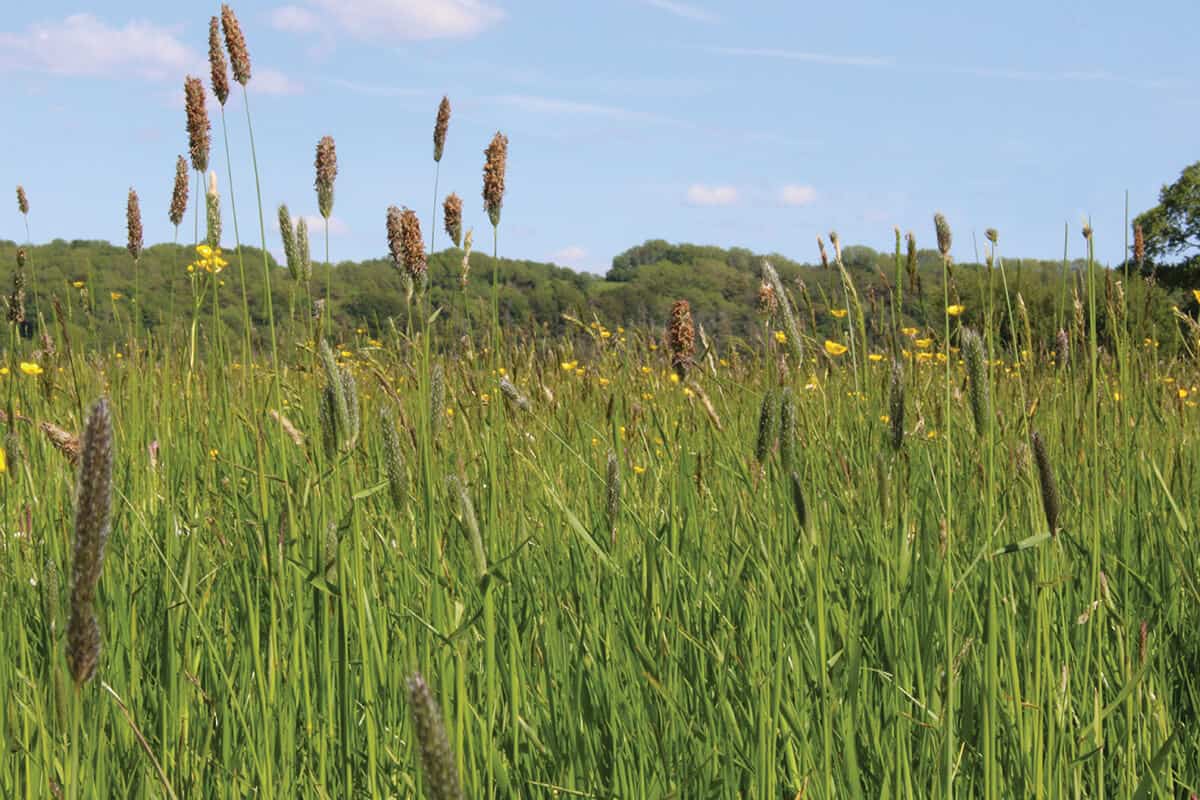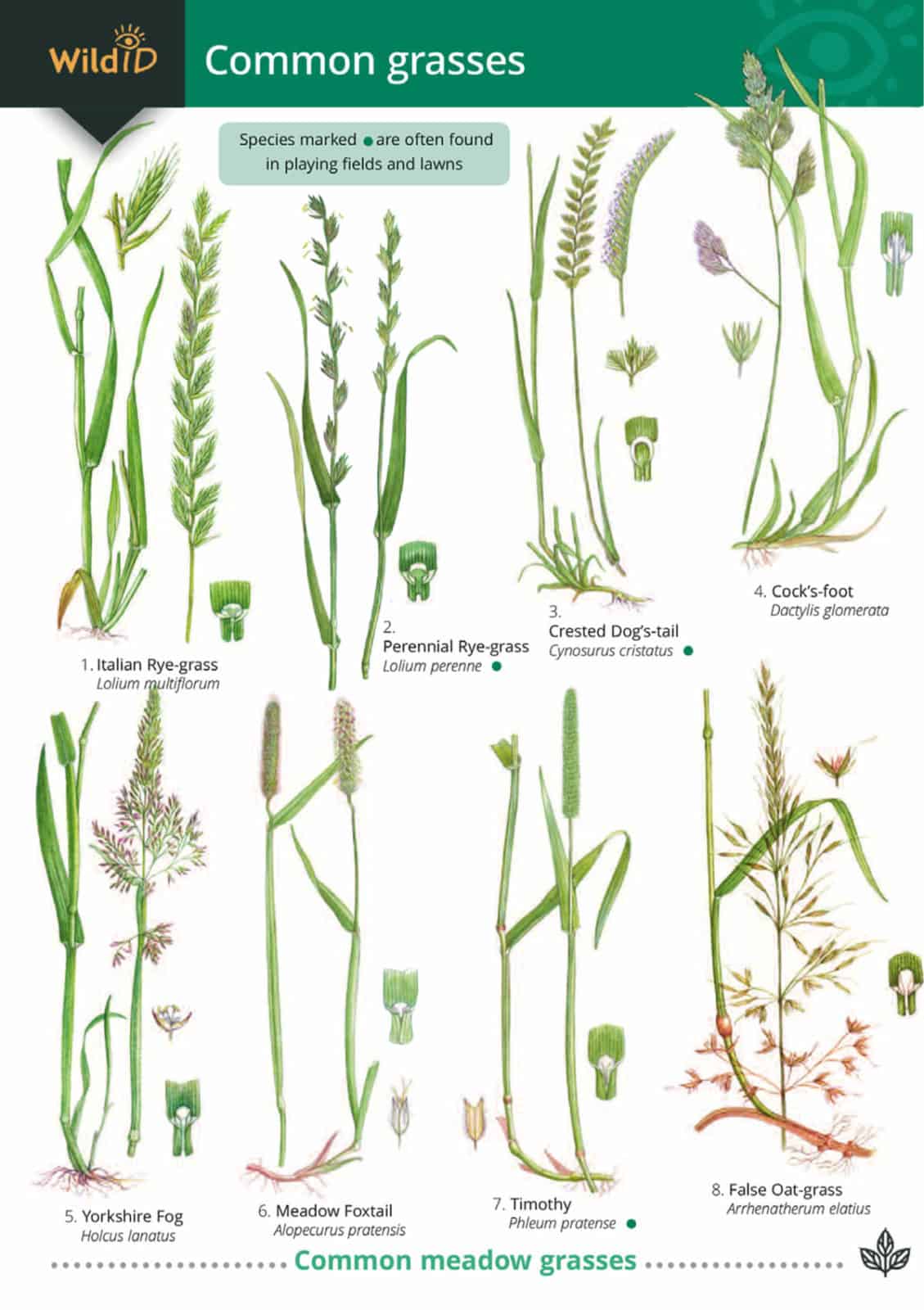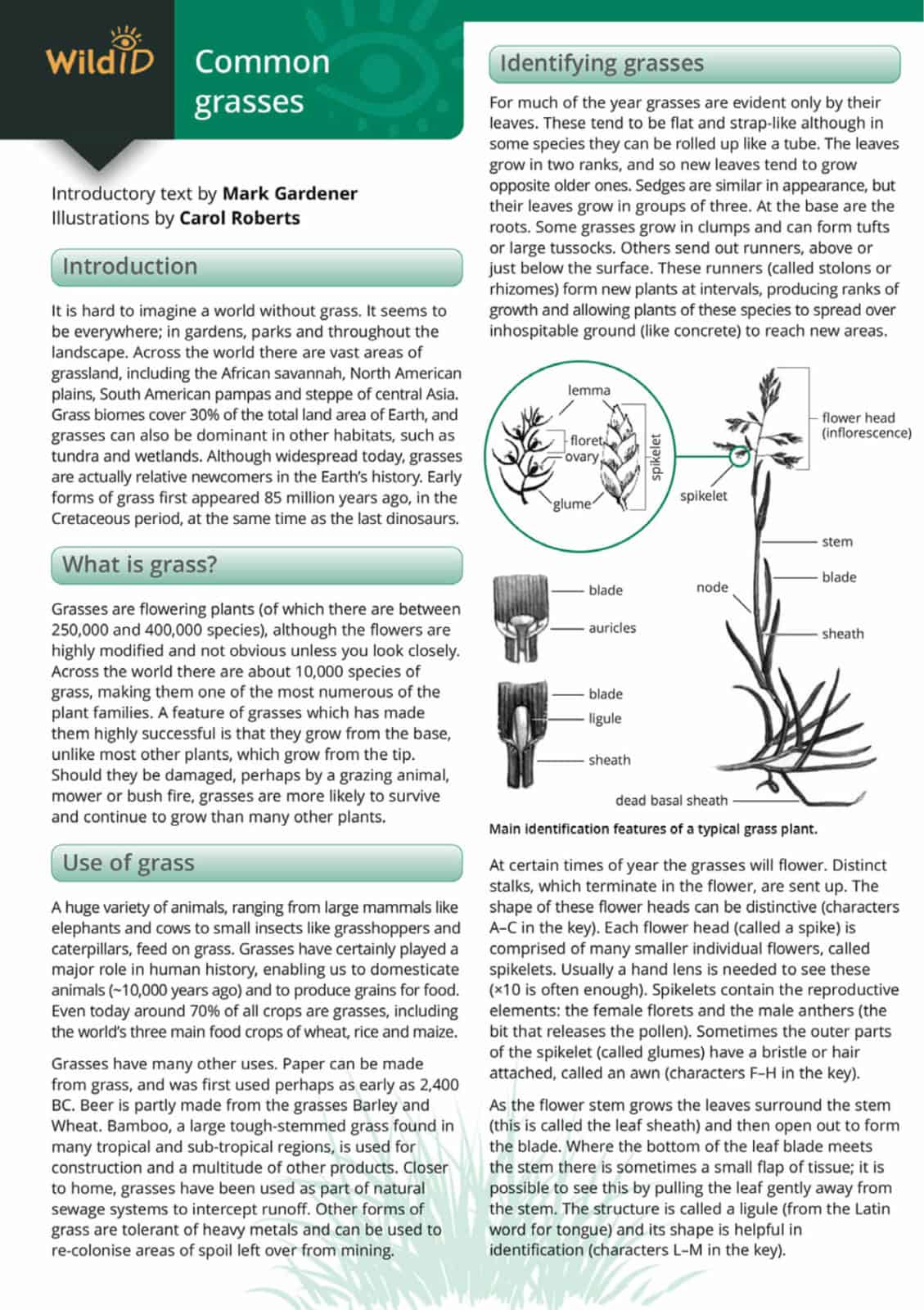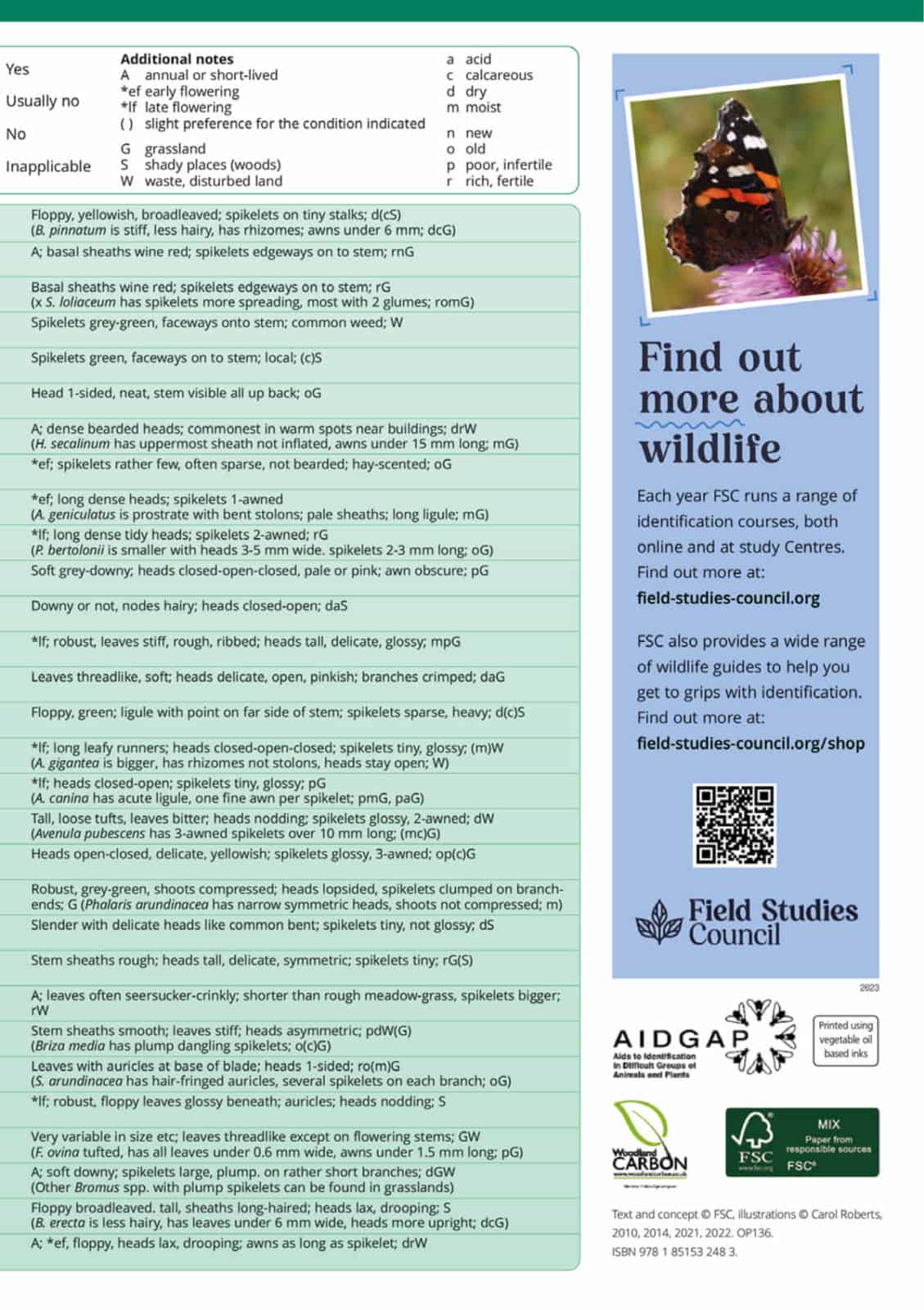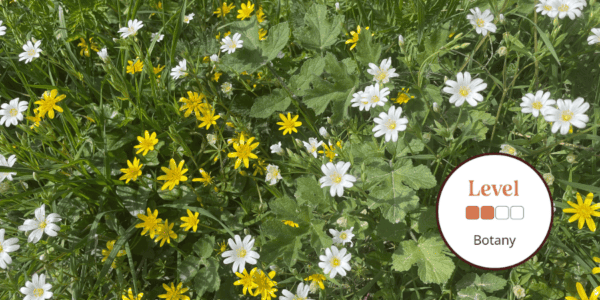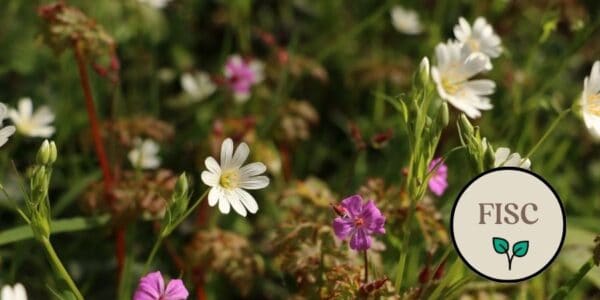Grasses guide
Want to start identifying grasses? The FSC grasses identification guide features 30 species common in Britain and Ireland.
Beautiful colour paintings show the key identification features for each species. Also included is a multi-access vegetative key, making grass identification possible all year round, not just in summer. Each species has concise written notes on habitat and the distinguishing features to look out for.
For beginners, grasses are a daunting group to tackle. Book-length identification guides contain hundreds of pages of similar-looking species. So where do you start? The FSC grasses guide features a manageable list of 30 species, all widespread and common. You should be able to find many of these on a short walk, even in a city centre. We have included common species of bent, fescue, brome, rye-grass, hair-grass, oat-grass and meadow-grass. Accompanying text and diagrams demystify the specialist terminology for grasses, from awns to spikelets.
Grasses form the matrix of a wide range of habitats. They are flowering plants, although the flowers are highly modified, and are not obvious unless you look closely. Unlike most plants, grasses grow from the base. If damaged, perhaps by a grazing animal or mower, grasses are more likely to survive and continue to grow. This feature has made grasses highly successful. A huge variety of animals feed on grass, from large herbivores like elephants and cows to small insects like grasshoppers and caterpillars. Worldwide there are about 10 000 species of grass, making them one of the most numerous of the plant families, with about 160 grass species in Britain and Ireland.
Our popular grasses field guide measures 24.5cmx17.5cm and is extremely lightweight and compact, and the perfect grass identification chart for popping in your bag when heading to the coast. All wildlife identification guides are laminated, meaning they are showerproof for use outside. and can be wiped clean.

